Industry terminology used to describe linear guides and other linear components widely varies. Here we explain three linear-guide phrases and words having multiple meanings — and differentiate how they relate to track-roller linear guides and profiled-rail linear guides.
Let’s start by reviewing the multiple linear-motion meanings for Gothic-arch linear bearing.
Gothic arches originate from civil engineering. They’re an adaptation of round-top Roman arches having a pointed shape resulting from the intersection of two circle-arch segments — called springing points when they’re extensions of straight (and vertical) arch segments. In civil engineering, the benefits of Gothic arches are that they provide loftier arch reaches and half the (compromising) side thrust of Roman arches.
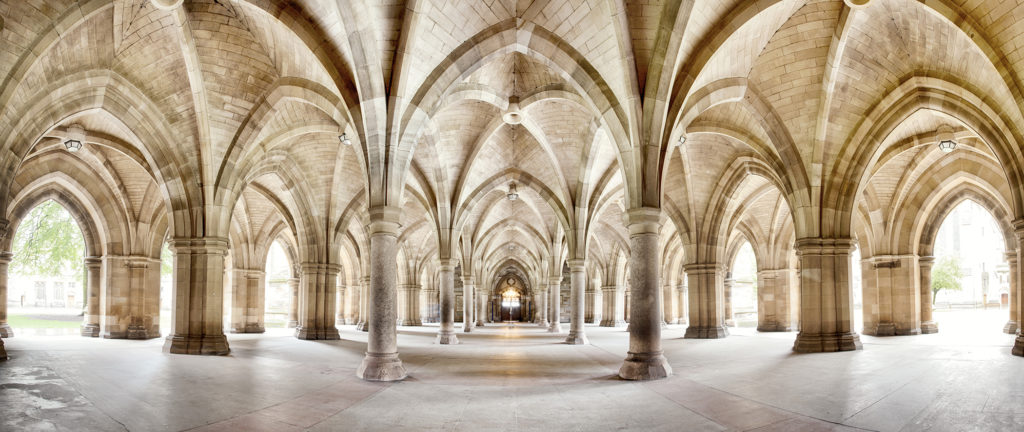
In mechanical engineering, Gothic arches allow more clearance and greater roller to rail (or track) contact than other options.
Track-roller linear guide Gothic arches: Gothic arches in the context of wheel-based track-roller linear guides refers to the roller wheel’s outer working-surface shape — and the mating geometry of the linear track it rides. Gothic arch wheels have a highly engineered radial surface with a concave profile. That’s in contrast with flat rollers, crowned (rounded) rollers, vee-shaped (notched) rollers, chamfered rollers, and flanged rollers. In Gothic-arch linear guides, the track is:
- A machined and treated surface on a section of standard rail
- A round hardened steel race embedded in a section of standard rail — with the latter often made of lightweight anodized aluminum.
When the ends of the build are obscured, these can visually resemble profiled-rail linear guides. Strength and straightness is to ±0.5 mm per 300 mm. The wheels’ Gothic arch geometry ensures the wheels securely and smoothly ride these races … and many pre-engineered variations boost performance by integrating three, four, or even five gothic-arch rollers that are offset and trapped between the races of the linear track.
One final note: Track-roller wheels with Gothic-arch external profiles often contain double-row angular-contact ball bearings within. That allows them to bear the axial loads induced from both sides of their OD — as well as high radial forces with its tread — the wheels’ thick OD working surface.
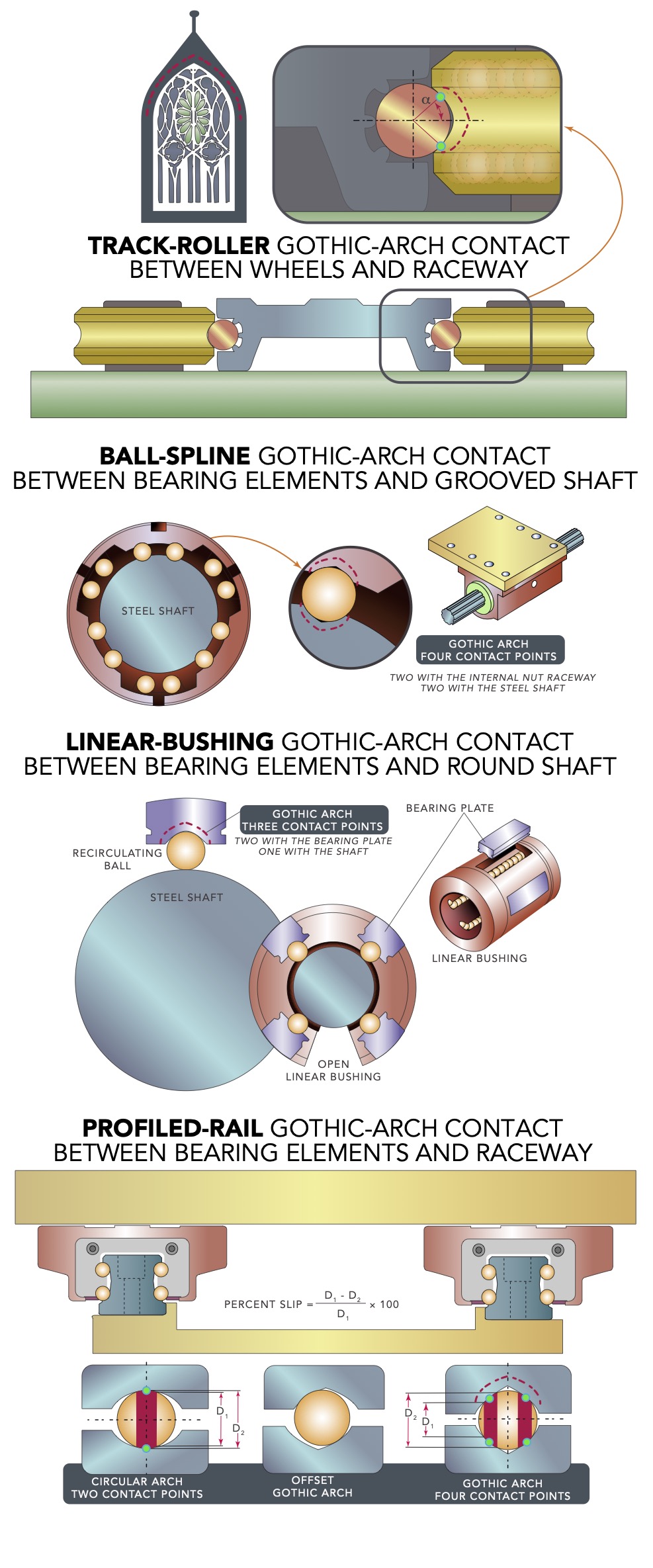
Linear-bushing linear guide Gothic arches: Gothic arches in the context of linear bushings typically refers to the geometry of the raceways inside the ball-spline nut. Gothic arches in the nut raceways impart higher rigidity and lower backlash than nuts having other raceway shapes.
Ball-spline linear guide Gothic arches: Gothic arches in the context of ball-spline linear guides typically refers to the shape of the grooves along the long axis (or spiraling around) the ball-spline shaft … with the assumption that the assembly nut also has Gothic-arch geometry as described above for linear bushings. In fact, ball splines Gothic-arch groove geometries can often outperform those having grooves with circular (actually elongated elliptical) arch geometries. That’s because Gothic arches ensure the ball bearings are contacted at four points — at two points on the nut raceway and two more points on the shaft groove. That’s in contrast with circular geometry that only contacts each ball bearing at two points — at one point on the nut raceway and another on the shaft groove.
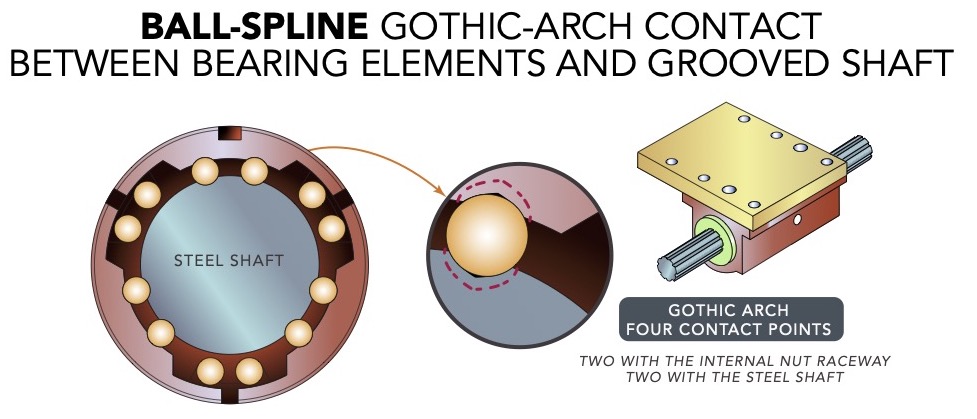
As with all uses of Gothic-arch bearing track, there’s higher rigidity (as well as low or even no backlash) but more friction arising from heightened ball differential slip (skidding) due to the inclusion of more contact points.
Ball splines with shafts having circular-arch groove profiles excel on machine axes somewhat tolerant of slight backlash — namely those having low inertial moments and fairly consistent torque requirements. In contrast, ball splines with shafts having Gothic-arch groove profiles — which are often precision ground as described in several articles on linearmotiontips.com — excel on axes requiring dynamic torque transmission and rigidity.
Note: Though it’s beyond the scope of this article, there do in fact exist ball splines that have custom-engineered shaft-groove geometries.
Profiled rail linear guide Gothic arches: Gothic arches in the context of profiled rail linear guides are found in the geometry of the linear rail raceways — not the carriage or rolling elements. In fact, profiled-rail raceways usually have either circular-arch grooves or Gothic-arch grooves. These groove geometries (both of which are associated with guides employing ball-bearing elements) arose from industry innovation aimed at boosting linear-guide load capacities. Circular arch grooves contact ball bearings at two points. Gothic arch grooves contact the ball bearings at four points. Though beyond the scope of this article, a third option called an offset Gothic arch is also available.
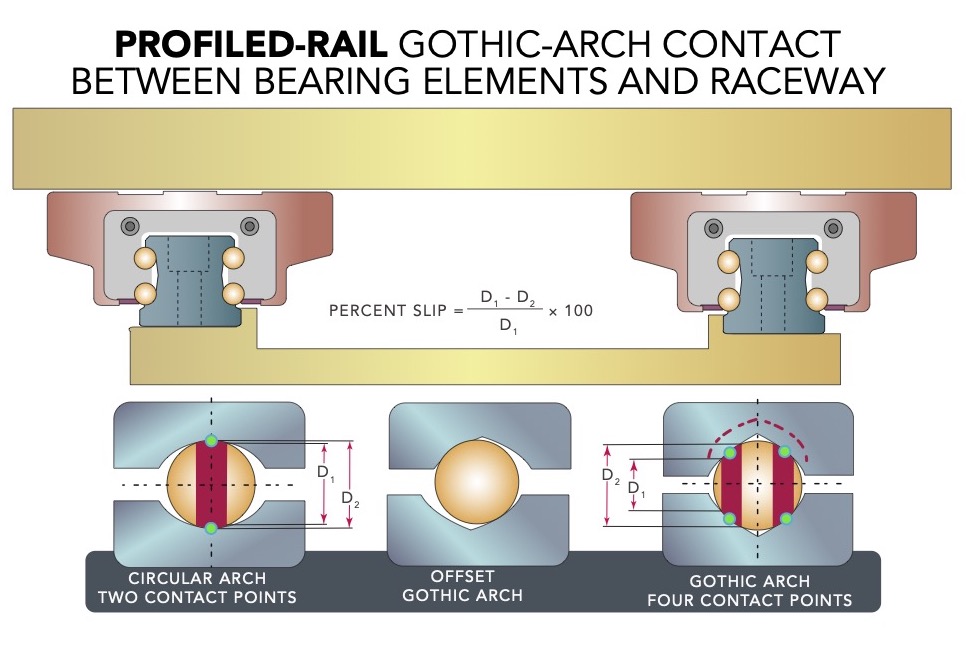
Gothic arches in profiled rails offer multi-axis load bearing and high moment load capacities. Their main drawback is the tendency to fall out of pure rolling with differential slip resulting from speed-varying disparities in the elliptical contact areas between ball and raceway — as well as an increase in sliding friction. More dramatic differentials between ball and arch diameters (as well as increased contact area) makes for more differential slip. The relationship between this slip and contact area means the effect also puts a limitation on allowable preload.
One rotary and two linear-motion meanings for roller bearing
In mechanical engineering, the term roller bearing with no other context (and no mention of linear motion) usually refers to rotary bearings with cylindrical roller load-bearing elements instead of spherical ball load-bearing elements. Rotary bearings are common and indispensable components in motion systems. They’re used in gearboxes, motors, pulleys, fans, and pumps … and in fact, virtually any time a shaft is rotating, rotary bearings are there to reduce friction and support radial and often axial loads.

Track roller linear guide: Roller bearing in the context of track rollers can refer to the entire linear-guide design or just the rolling wheel or cam follower of the design. Case in point: Certain linear-component manufacturers’ products are often called roller bearing linear guides or rail guides. In fact, the wheels in track-roller linear guides can incorporate cylindrical rollers, though they usually incorporate ball-bearing elements.
Profiled rail linear guide: Roller bearing in the context of profiled rail refers permutations that use cylindrical or barrel-shaped rollers instead of spherical balls for the carriage’s load-bearing elements. These are particularly common in machine-tool applications … though rollers’ performance benefits are worthwhile in other industries as well. Roller-based designs have higher load capacity, rigidity, and power density than comparable ball-element designs … making them excel on gantries and other multi-axis arrangements that benefit from compact linear components. The main caveat here is that they can be costlier.
Two linear-motion meanings for rail
Track roller linear guide: The term rail is often just a more casual way of referencing the technology known as track-roller linear guides. Some manufacturers put the term in their product names, especially when the offering can in fact serve as an appropriate alternative to profiled rail in moderate-load designs needing high speed and precise linear strokes. That’s most common in automation and machine-transfer applications. In other contexts, rail might specifically imply the track geometry and its surfaces that serve as the wheel raceways.
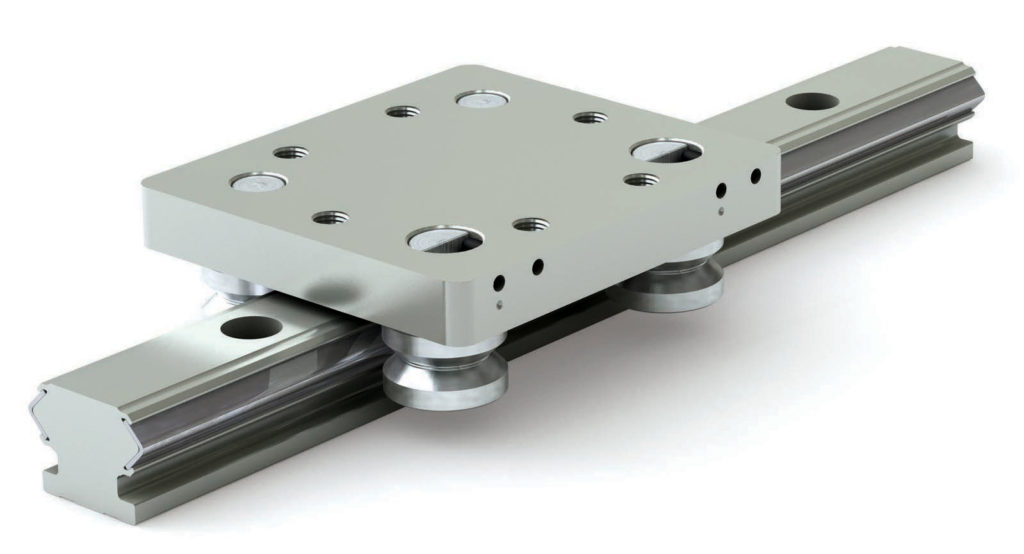
Profiled rail linear guide: Often the term rail in the context of linear motion does in fact imply profiled rail — paired with a carriage block recirculating or non-recirculating rollers as described above.
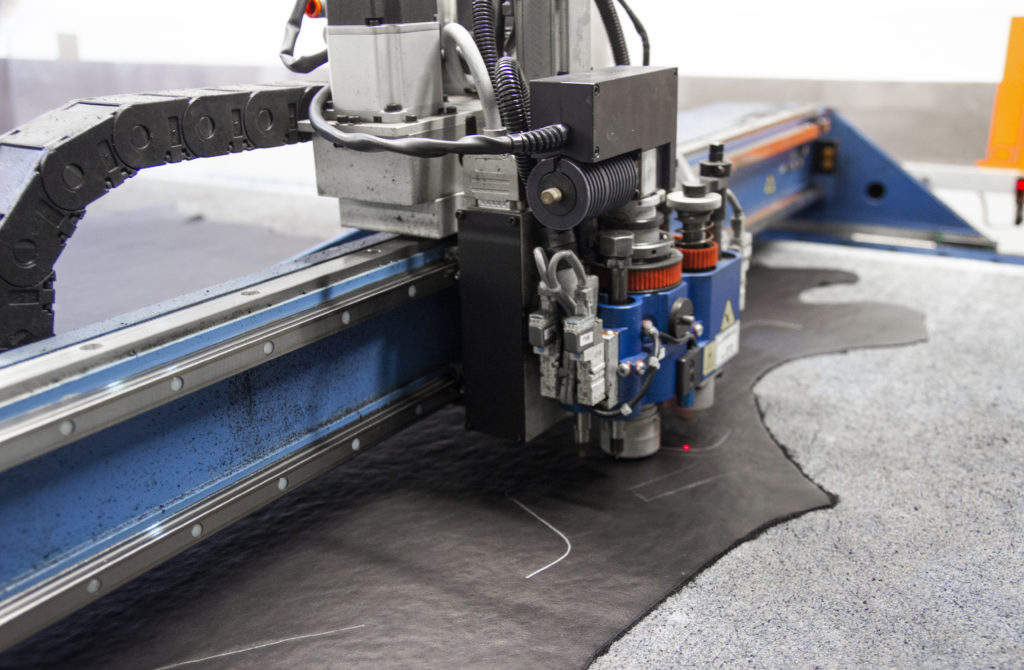

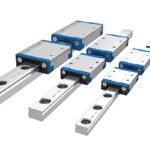
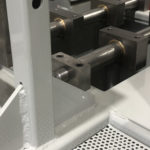
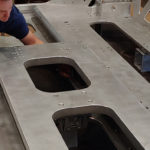
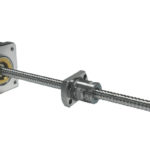
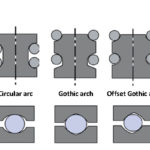

Leave a Reply
You must be logged in to post a comment.